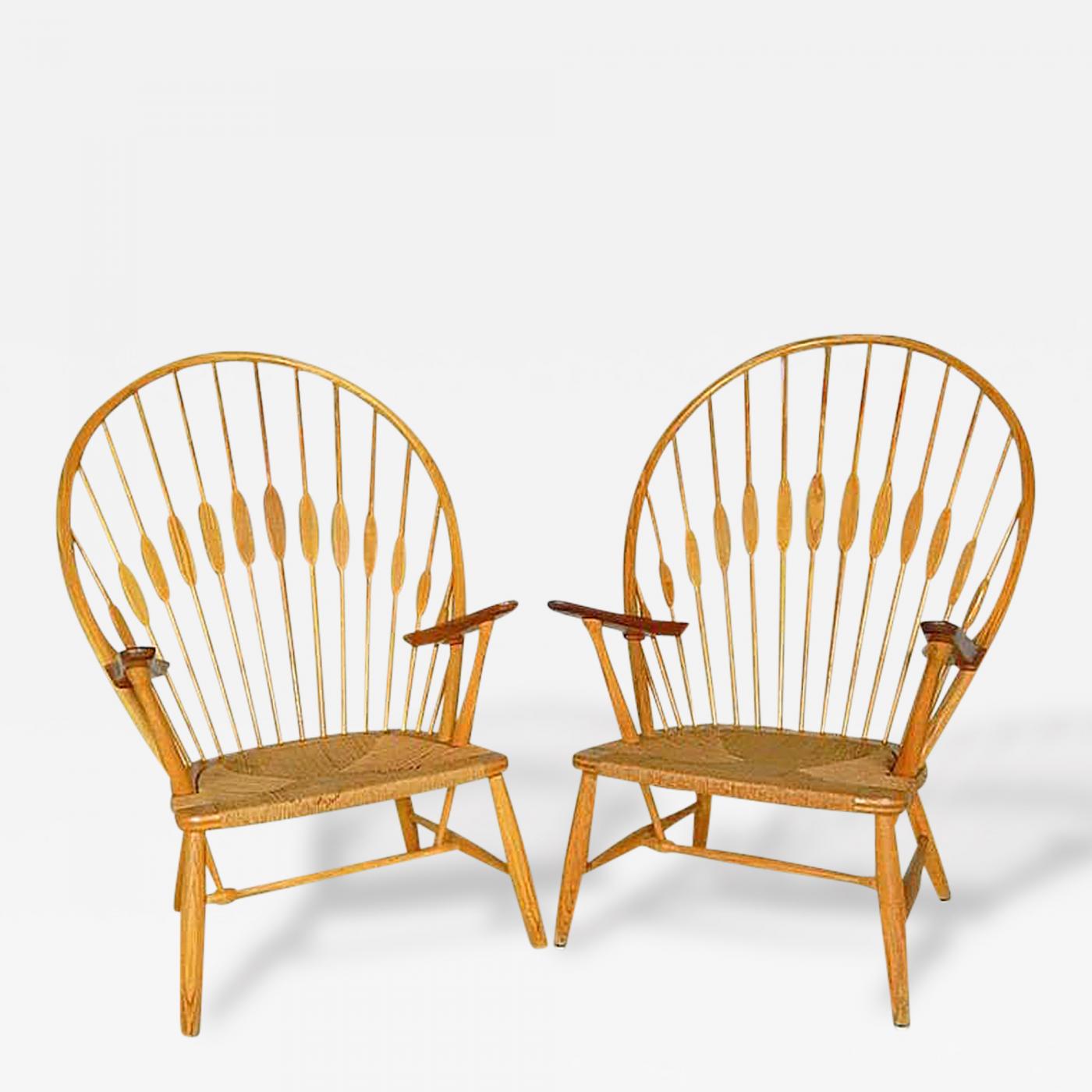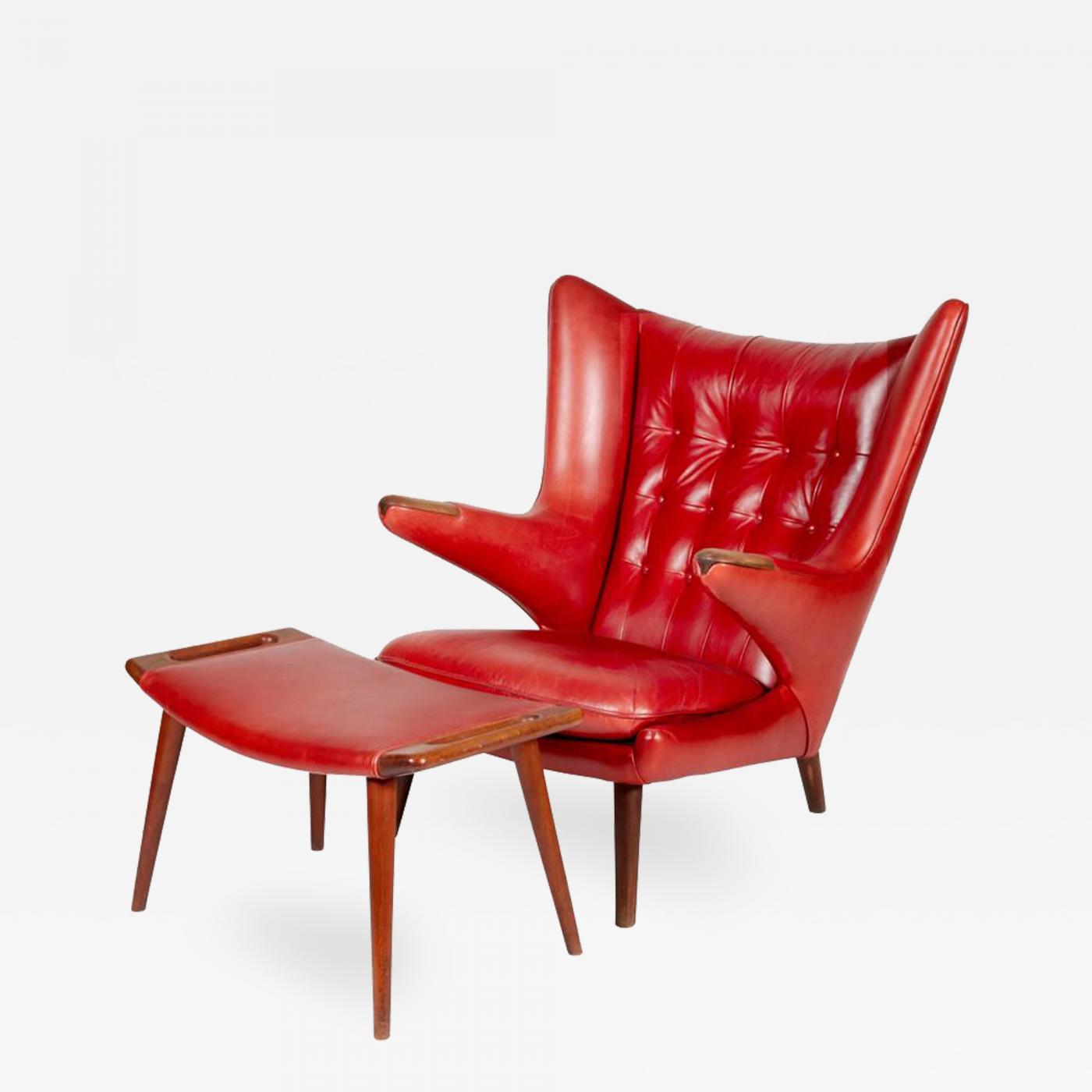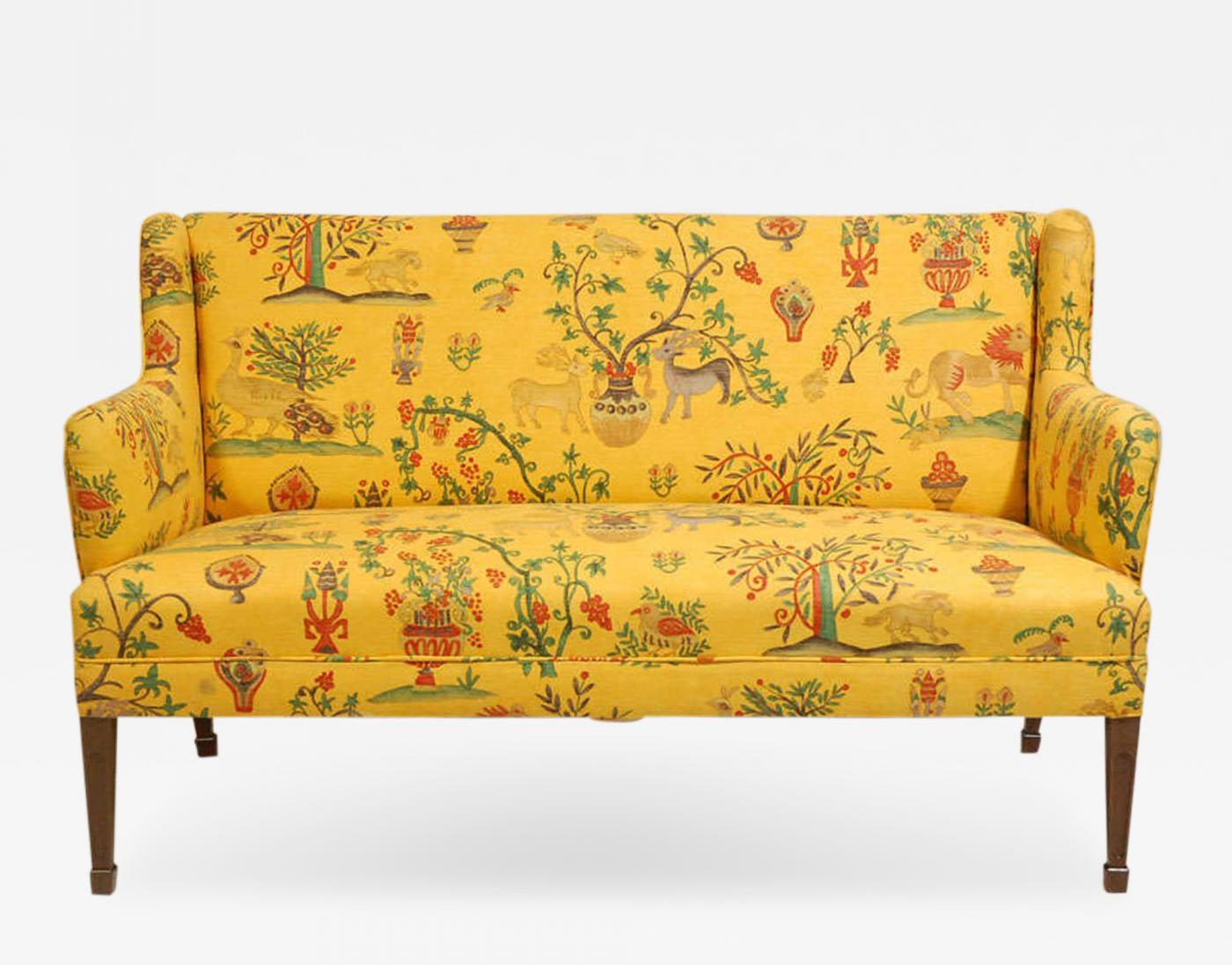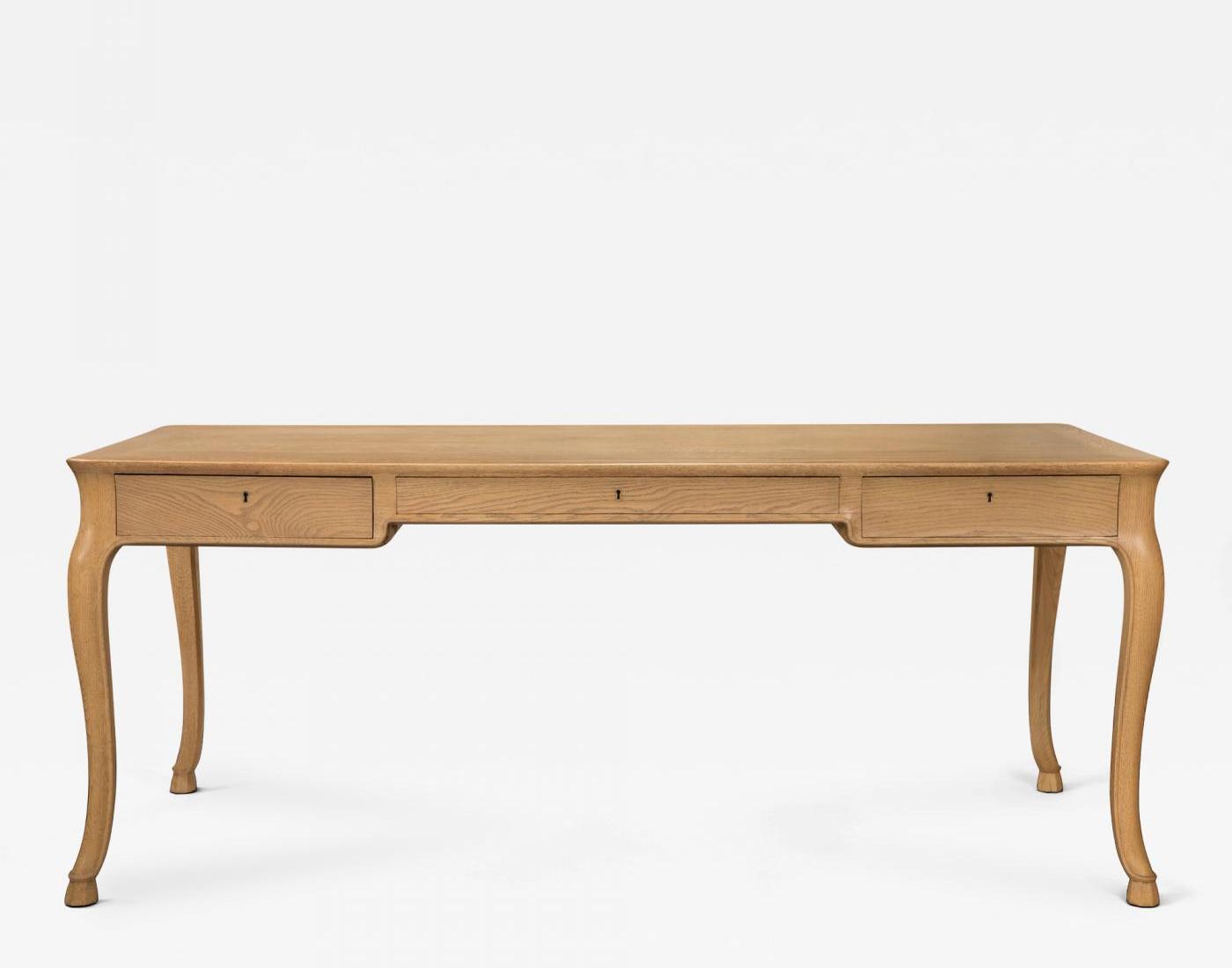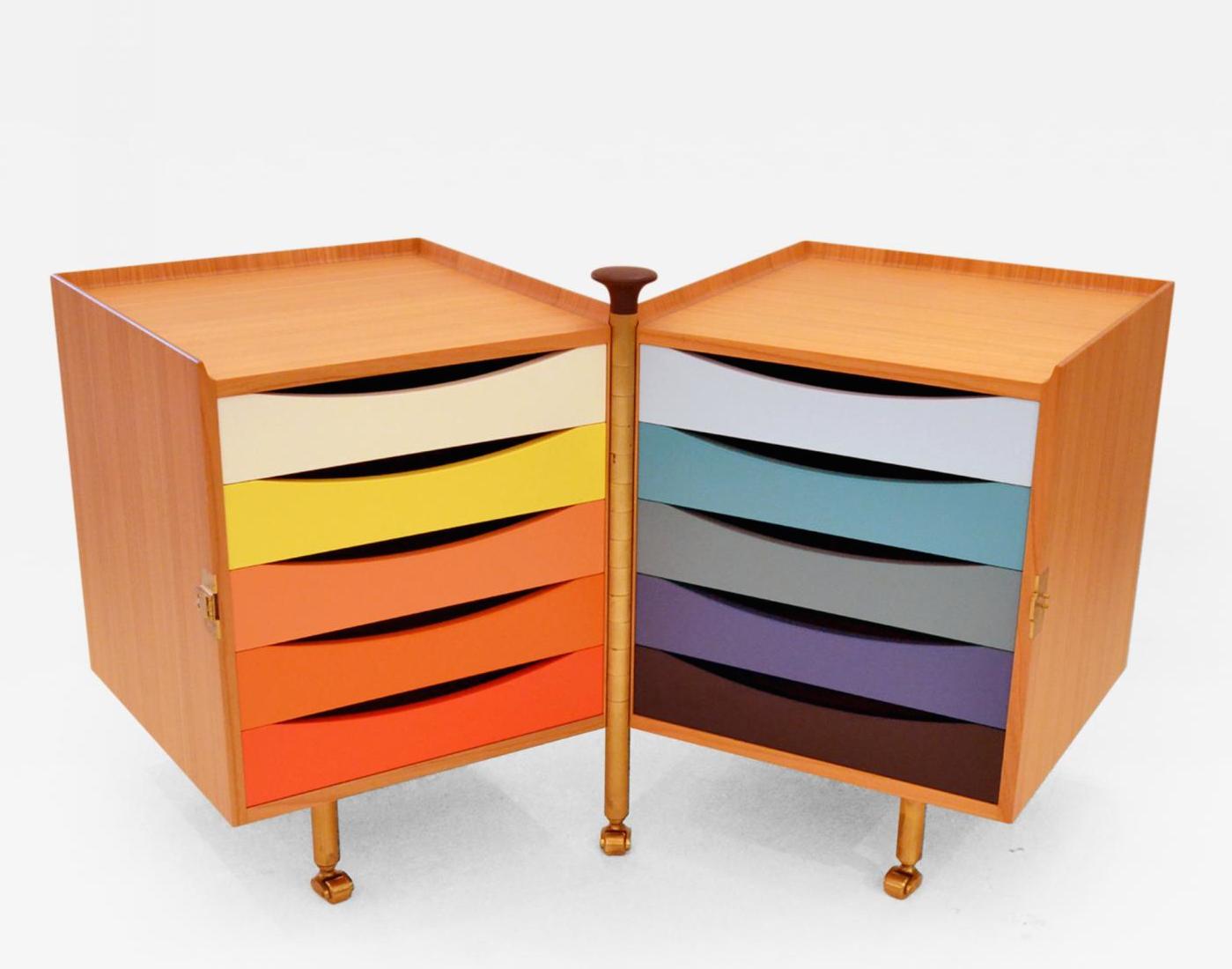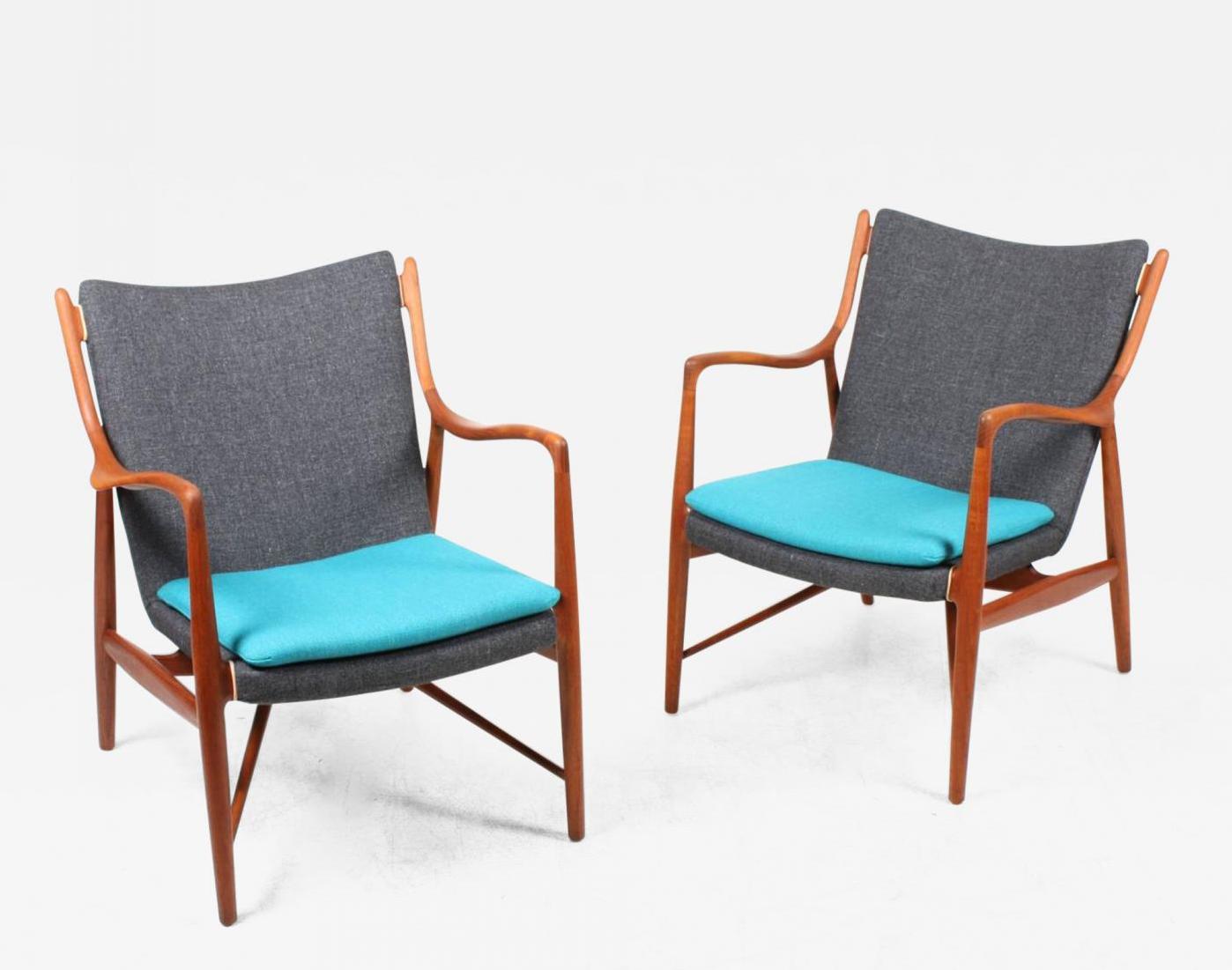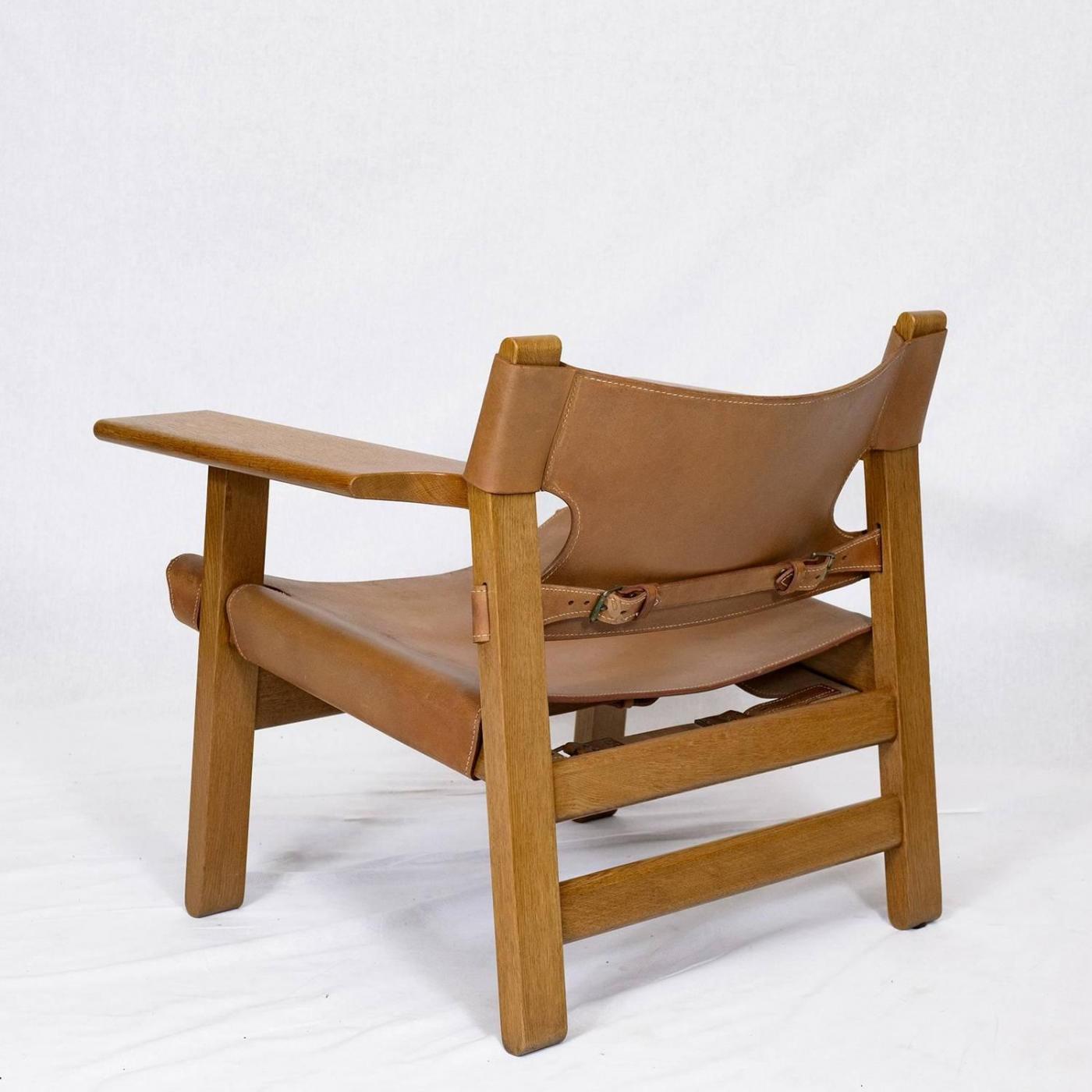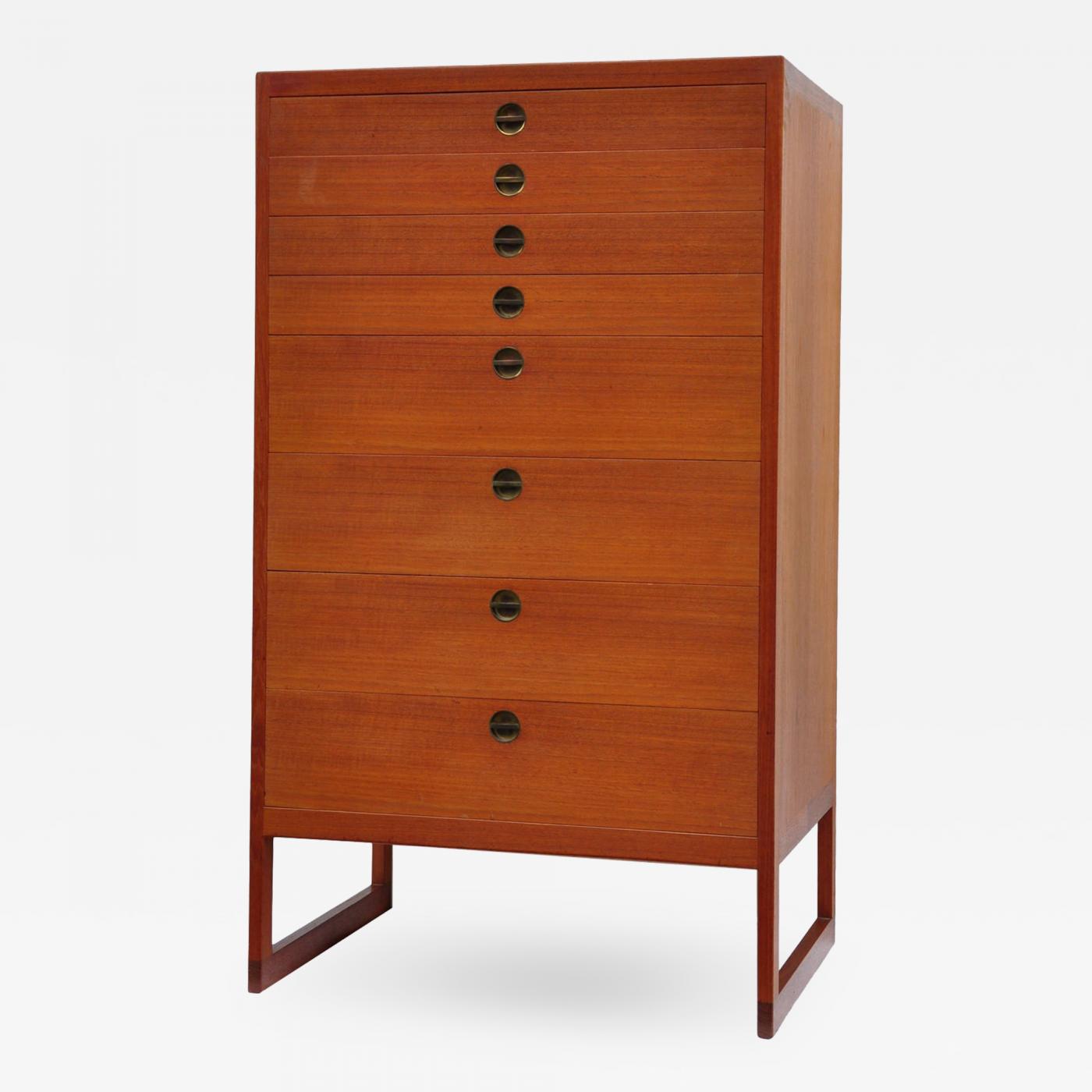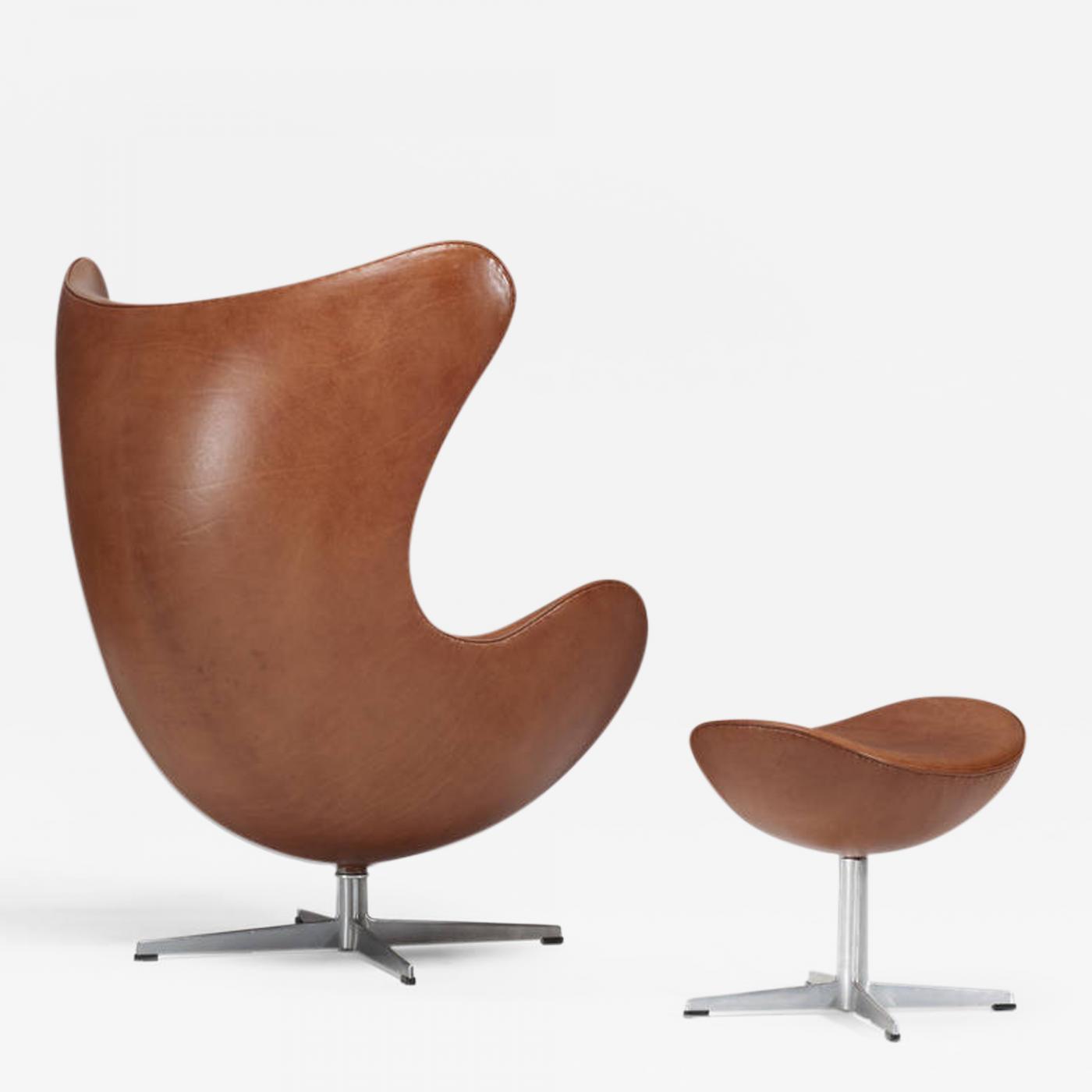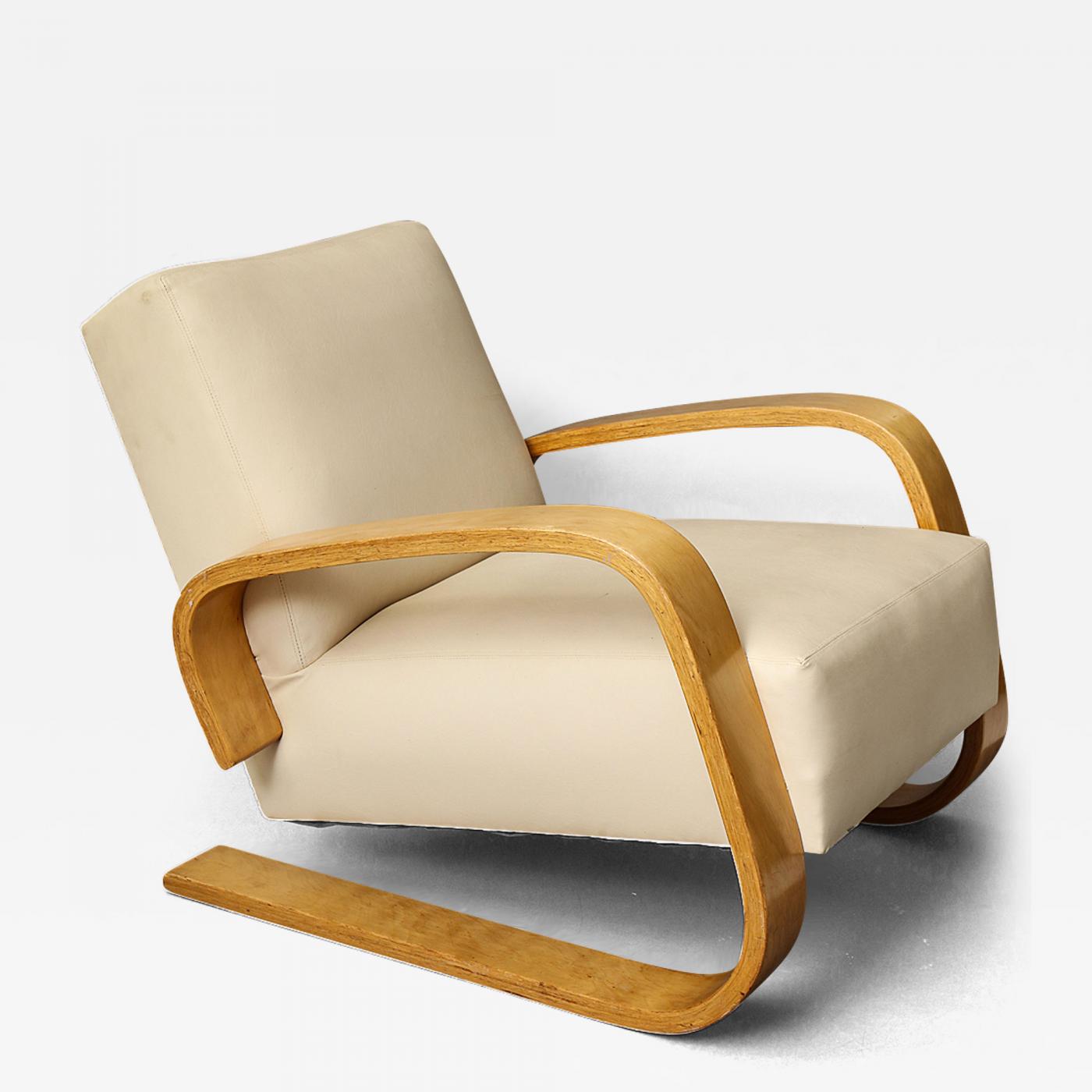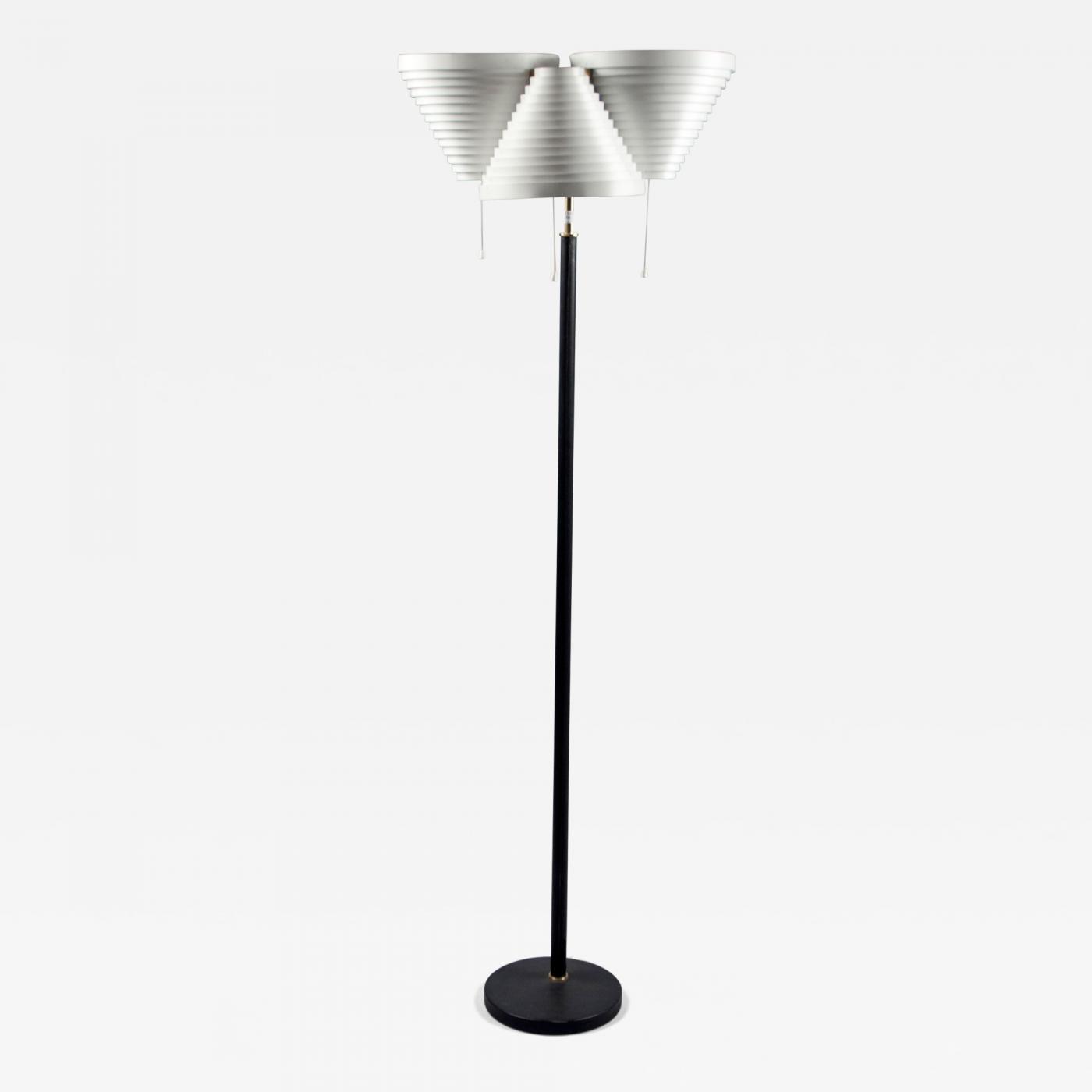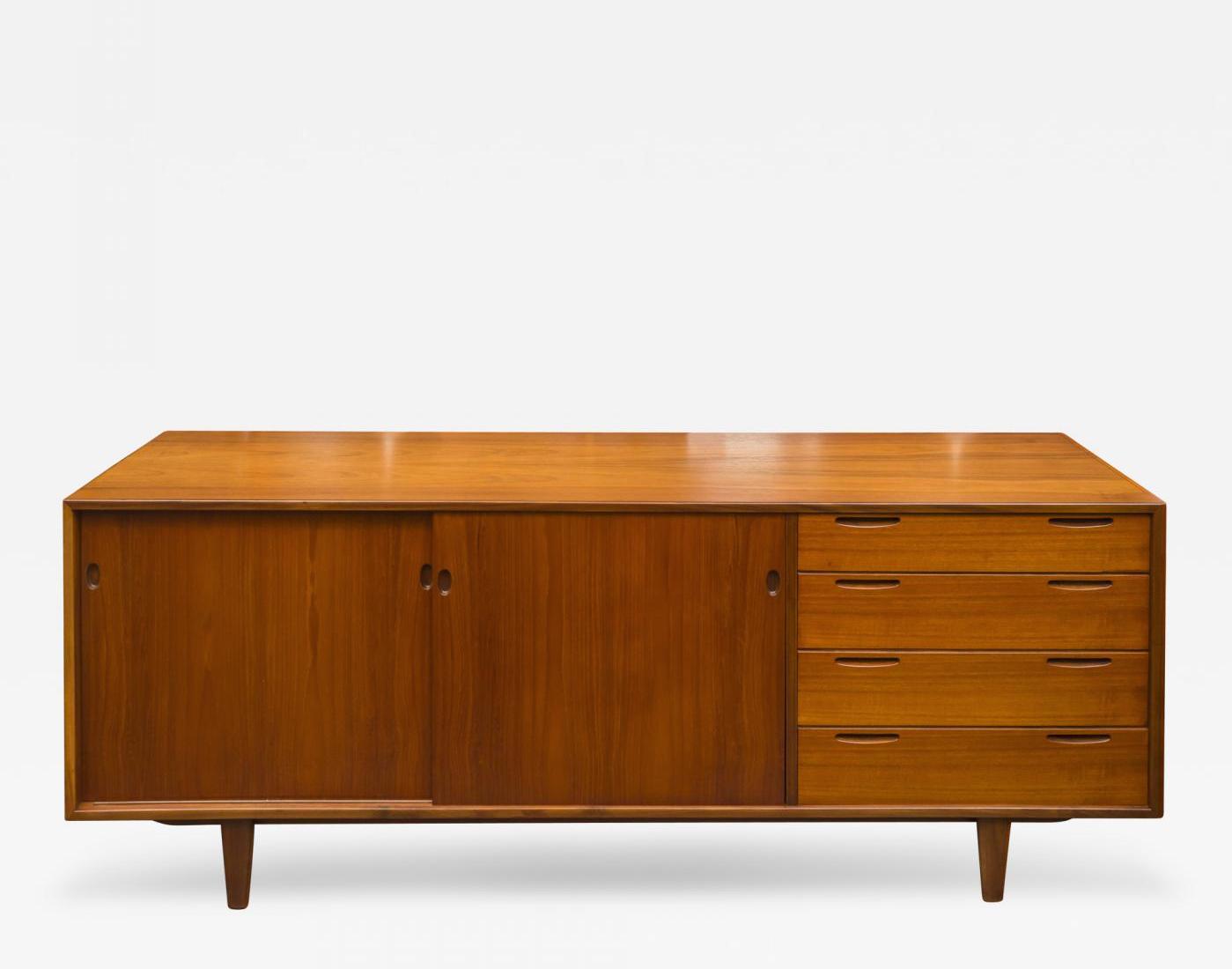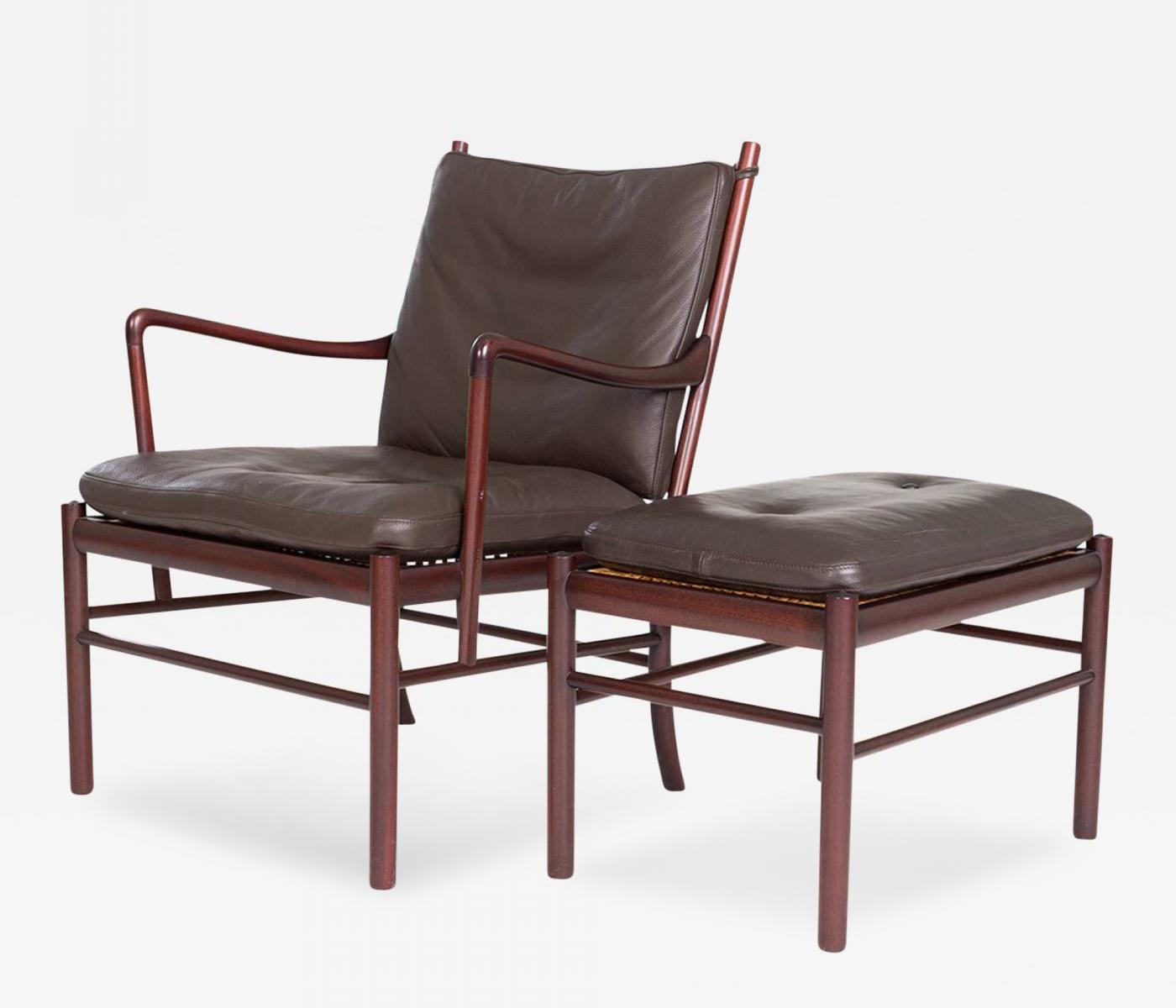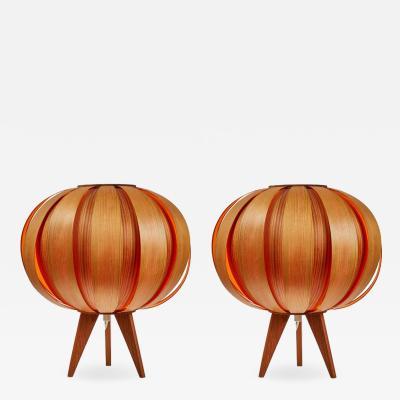11 Scandinavian Mid-Century Modern Furniture Design Pioneers Whose Creations Will Always Be in Style
The hallmark of Scandinavian modern furniture is its form-meets-function design principle. The craftsmanship incorporated into these designs inspires thoughts of elegance, simplicity, and organic modernism. These eleven Scandinavian architects and designers were instrumental in the evolution and popularization of a style that remains highly revered to this day.
Hans Wegner
|
|
Danish furniture master Hans Wegner played a pivotal role in the popularization of mid-century Danish design. Trained in carpentry and architecture, Wegner is famous for creating more than 200 elegant, well-crafted seating designs. He worked in Arne Jacobsen and Erik Møller’s office when they designed the furniture for Denmark’s City Hall, Aarhus, and after opening his own office in 1943, he maintained a long partnership with cabinet maker Johannes Hansen, who brought many of his most iconic designs to life. Wegner’s Papa Bear Chair, Peacock Chair, and Wishbone Chair, in addition to his sofas, coffee tables, desks, lighting and other furniture, all reflect his desire for functionality and craftsmanship. His body of work exemplifies his ability to combine form, function and impeccable artistry in a single piece of furniture.
Click here to view more Hans Wegner furniture.
Frits Henningsen
|
|
Frits Henningsen was a Danish furniture designer and cabinetmaker known for his focus on supreme craftsmanship. Much of his design inspiration was drawn from interactions with real customers in his Copenhagen furniture shop. He began his career as an apprentice under famed cabinetmaker I.P. Mørck, where he honed his craftsmanship skills and attention to detail. Henningsen later studied under Kaare Klint, a master Danish furniture designer and head of the furniture school at the Royal Danish Academy of Fine Arts. Illuminated by his travels around Europe, he incorporated elements of Rococo, British 17th-century furniture, and French Empire styles into his handmade furniture, and often used palisander, mahogany, and other exotic materials of the highest quality.
Click here to view more Frits Henningsen furniture.
Finn Juhl
|
|
Danish architect, interior and industrial designer Finn Juhl was best known for being one of the pioneers of the creation of the distinctive Danish design style in the 1940s, and for introducing Danish Modern to America. Like many of his contemporaries, Finn Juhl studied at the Royal Danish Academy of Fine Arts. After he graduated, Juhl worked at Vilhelm Lauritzen’s architectural firm for about a decade. During his time there, he was assigned to the firm’s most high-profile project: designing the interior of a national Danish broadcasting building. He established his own design firm in 1945. Juhl exhibited his radical furniture designs at the Cabinetmakers’ Guild Exhibitions, where his work was first met with a fair amount of criticism. Finn Juhl was more radical than some of his peers, and eventually, his design aesthetic influenced the style of homes all over the world. A signature staple of Finn Juhl was the floating back and seat, which was usually upholstered to contrast with wood, seen in his well-loved Pelican Chair.
Click here to view more Finn Juhl furniture.
Arne Vodder
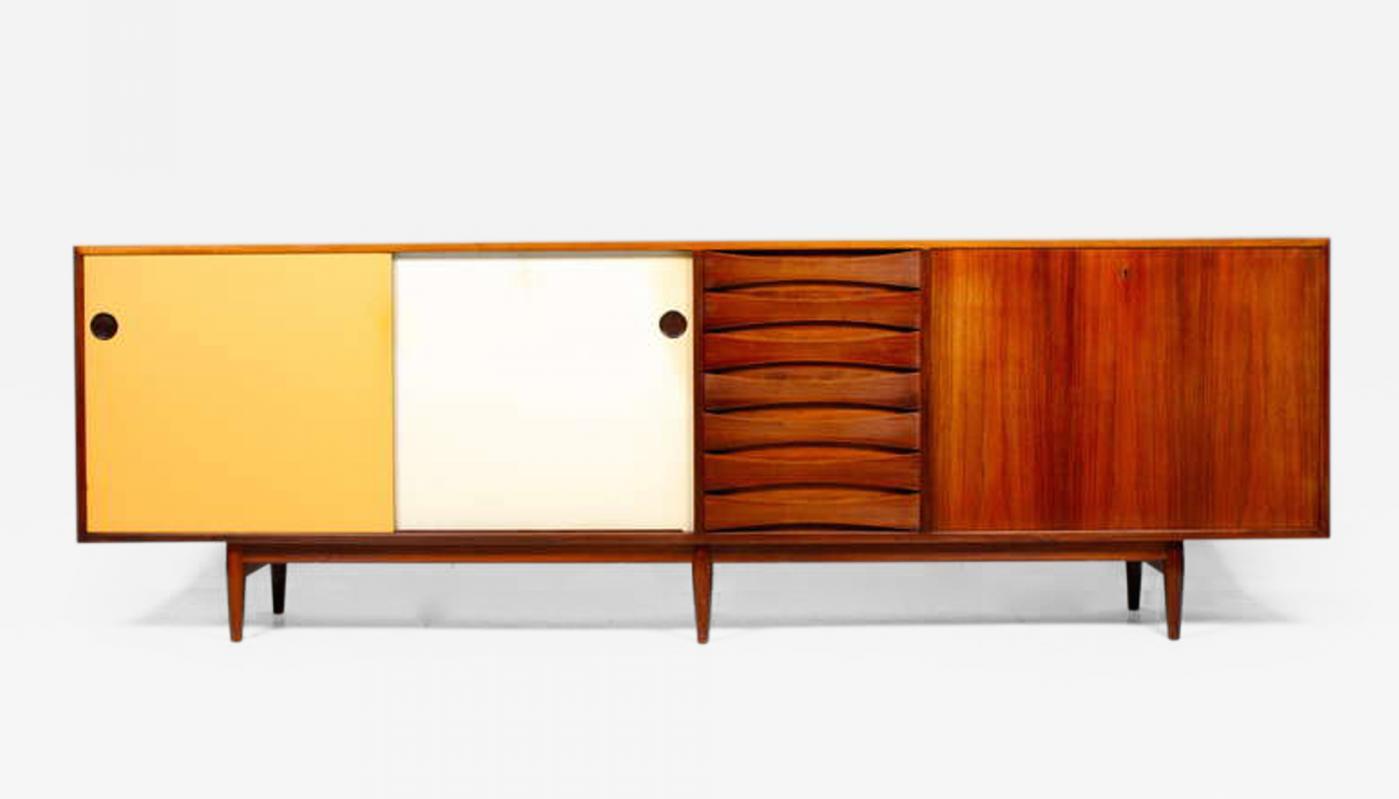
- Sideboard by Arne Vodder in Rosewood with colored panels, circa 1950s. Offered by FK-gallery.
Arne Vodder, also a Dane, was trained by Finn Juhl, who would later become his friend and business partner. Vodder went on to design for Fritz Hansen, France & Son, Ivan Schlechter and other notable furniture companies. However, through his partnership with P. Olsen Sibast, Arne Vodder was able to take his career to the next level. He created desks, tables, chairs and cabinets primarily for office spaces that are still highly sought after. Known for his originality and the timelessness of his designs, Vodder favored crafting pieces out of natural materials like rosewood and teak, and was beloved for his playful experimentation with color.
Click here to view more Arne Vodder furniture.
Børge Mogensen
|
|
Together with colleagues such as Arne Jacobsen and Hans Wegner, Børge Mogensen created international respect for Danish furniture design. His simple yet functional designs have enjoyed worldwide demand for over half a century. Mogensen began as a cabinetmaker before studying at the Copenhagen School of Arts and Crafts and at the Royal Danish Academy of Fine Arts under Kaare Klint, where he earned a degree in architecture. Børge Mogensen assumed the role of Head of Design at the famous co-op FDB (the Danish Consumers Cooperative Society) in 1942, and eight years later founded his own firm. His signature style is characterized by strong, simple lines and the ultimate functionality of his creations.
Click here to view more Børge Mogensen furniture.
Arne Jacobsen
|
|
Danish architect and designer Arne Jacobsen is remembered for his contribution to architectural functionalism and for his simple but effective chair designs, especially his Swan and Egg Chairs. The Swan Chair was designed for the SAS Air Terminal and the Royal Hotel in Copenhagen in 1958, and is still in production today. Jacobsen trained as a mason before attending at the Royal Danish Academy of Fine Arts. He was heavily influenced by the functionalist designs of Le Corbusier, Gunnar Asplund, and Ludwig Mies van der Rohe. Arne Jacobsen’s major commissions included the Bellavista housing project in Copenhagen, as well as St. Catherine’s College in Oxford, for which he designed site-specific furniture pieces. His most famous designs are still high in demand today, such as his classic three-legged Ant Chair, which has sold in the millions.
Click here to view more Arne Jacobsen furniture.
Alvar Aalto
|
|
Alvar Aalto was a Finnish master of modern architecture, as well as a furniture designer, sculptor and painter. Throughout his prolific career, he designed key public institutions such as universities, churches, theaters, town halls, and housing. His distinctively Finnish style was known for its warmth and individuality. Alvar Aalto's first exploration into furniture design began in the early 1930s when he designed furniture for the Tuberculosis Sanitorium in Paimio, Finland. One bent plywood chair, called the Paimio Chair, became a breakthrough piece for his design career. He co-founded Artek in 1935 with his wife, Aino Aalto, an architect in her own right, to sell their furniture, lamps and textiles. Alvar Aalto was a visionary architect and designer who would not only design the exterior building, but also its interior surfaces, furniture, lamps, furnishings and glassware. Alvar Aalto is one of the most famous names in Scandinavian modern design.
Click here to view more Alvar Aalto furniture.
Ib Kofod-Larsen
|
|
Though Danish mid-century modern furniture designer and architect Ib Kofod-Larsen didn’t achieve as much recognition as his contemporaries, he still realized great success both at home and abroad. He also got his start at the Danish Royal Academy in Copenhagen, and early on in his design career earned acclaim for both his glassmaking and cabinetry. After famed furniture maker Farrup Møbelfabrik hired him, Kofod-Larsen created some of his most impressive pieces, such as the Model 66 sideboard. He was known for making the natural grains and patterns in his raw materials the focus of his designs. Other popular pieces include his Penguin Chair, Seal Chair, and the U-56 armchair, of which a pair was purchased by Queen Elizabeth II in 1958. This design is now commonly known as the Elizabeth.
Click here to view more Ib Kofod-Larsen furniture.
Poul Kjærholm

- PK80 Daybed designed by Poul Kjaerholm manufactured by Fritz Hansen.
Poul Kjærholm, a Danish designer and trained carpenter, studied at the Danish School of Arts and Crafts. He set himself apart from his contemporaries because of his interest in utilizing construction materials besides wood. Kjærholm especially preferred to use steel in his designs, something he considered to still be a natural material. However, he always combined steel with other materials such as wood, leather, cane or marble. He collaborated with Ejvind Kold Christensen, a furniture manufacturer, for 25 years until his death in 1980. One of his most well-known designs is the PK22 Chair, which he designed in different materials like leather and cane.
Click here to view more Poul Kjærholm furniture.
Ole Wanscher
|
|
An architect who specialized in furniture design, Ole Wanscher was one of the leading figures in the Scandinavian Modern movement. He became a professor of architecture at the Royal Danish Academy, following in the footsteps of his former mentor, Kaare Klint. Wanscher believed in the philosophy of “design for everyone.” Ole Wanscher traveled extensively in Europe and Egypt, and was influenced by 18th century British design as equally as he was Ancient Egyptian furniture, and Greek and Chinese design. Two of his most famous designs are the Colonial Chair, and the Teak Easy Chair, designed for France & Son in 1951, but all of his work remains popular with collectors and designers today.
Click here to view more Ole Wanscher furniture.
Kaare Klint
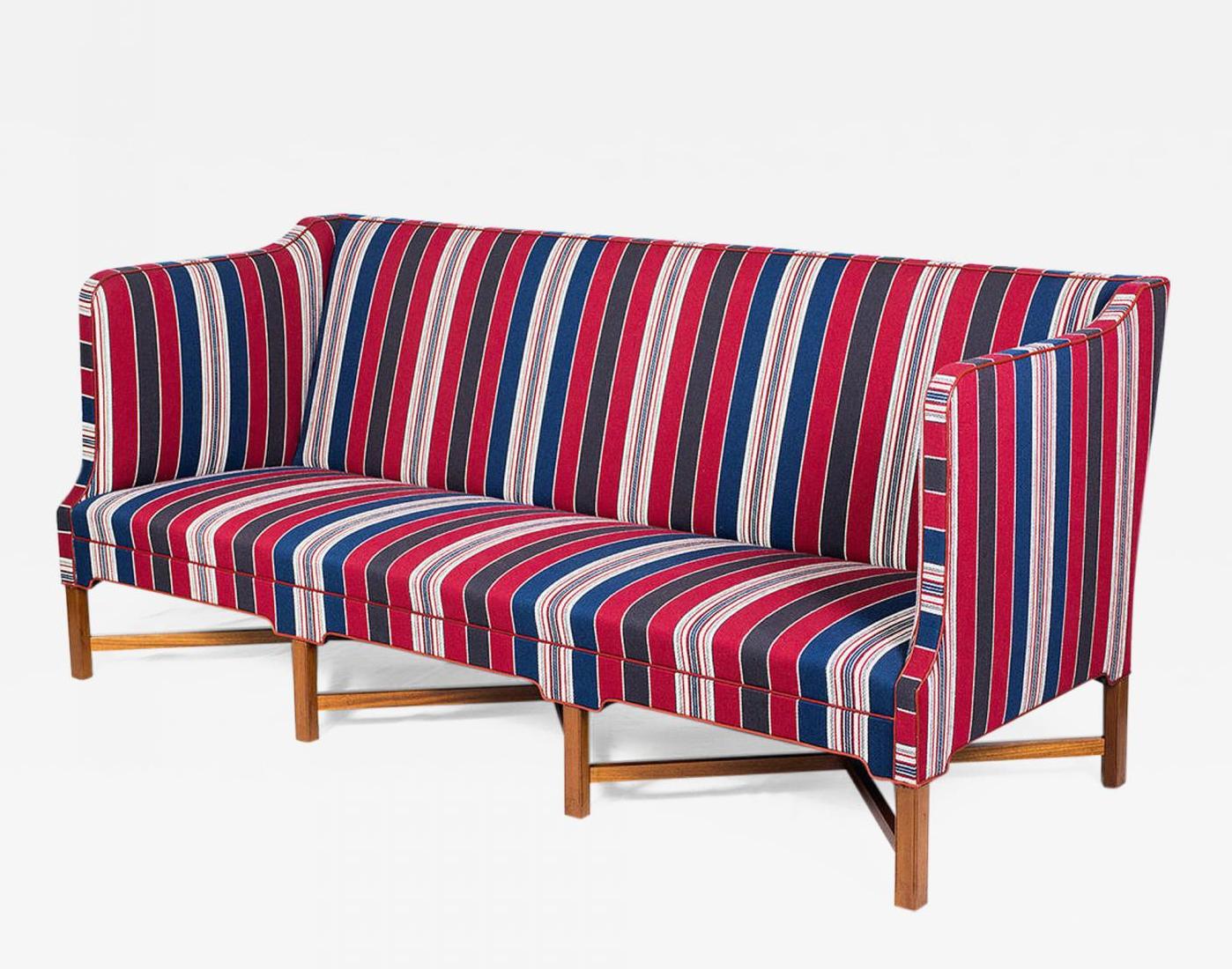
- Kaare Klint X-base sofa, Model #4118. Designed in 1930 and produced by Rud Rasmussen, circa 1940s. Wool fabric with red leather piping. Cuban mahogany base. Offered by Denmark 50.
A mentor and professor to many of the pioneers on this list, Kaare Klint is considered by many to be the father of modern Dutch furniture design. He was one of the founders of the Furniture School at the Royal Danish Academy of Fine Arts. His students went on to become prominent design influencers who spearheaded the golden age of Danish Design between 1945 and 1975. Klint taught his students how to construct furniture items from the inside out through functional analysis, emphasizing the importance of functionality and choice of materials. Among his famous designs are the Safari Chair, Faaborg Chair, and the X-Base Sofa.















